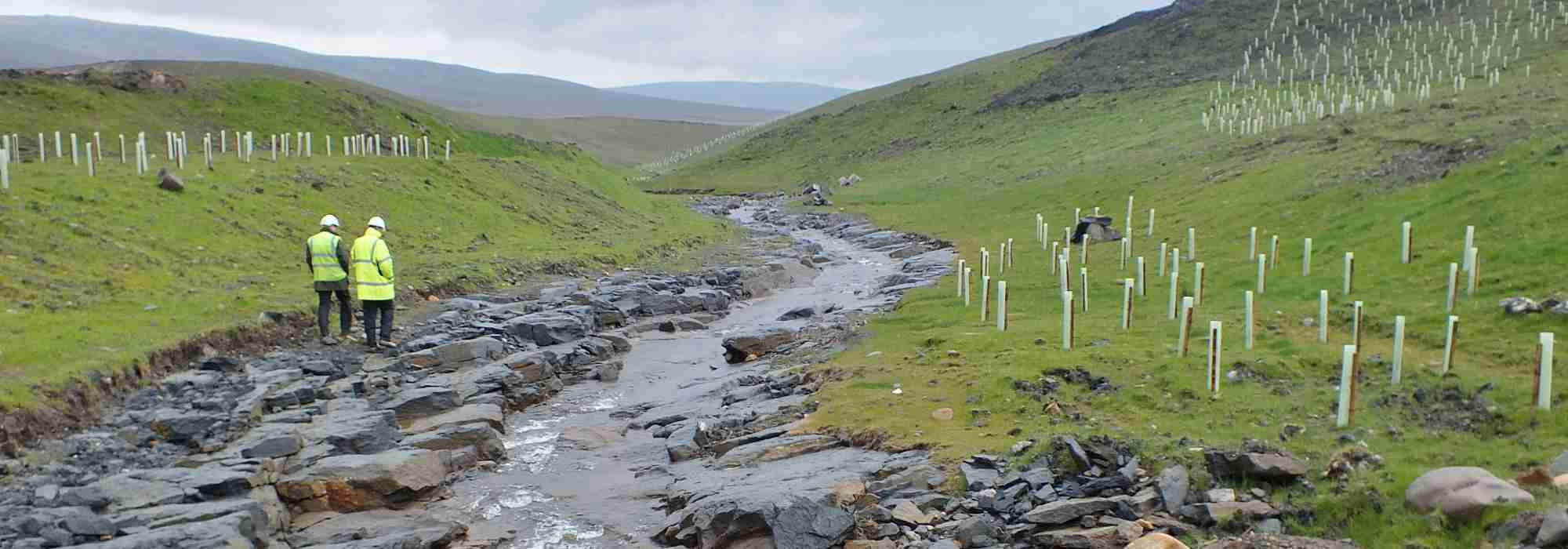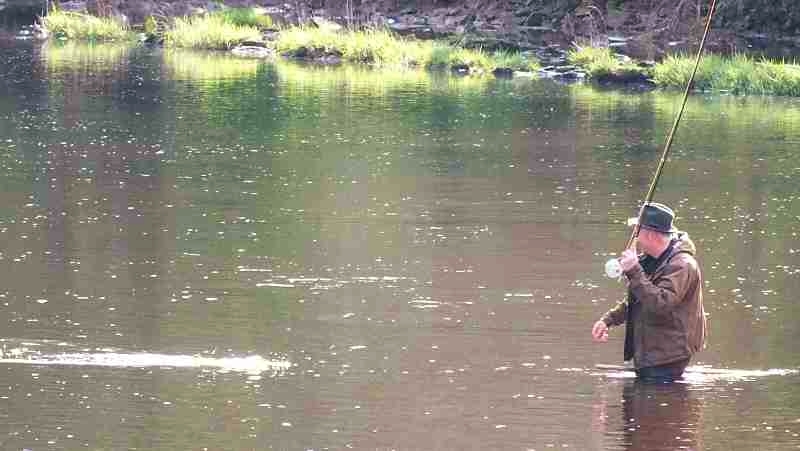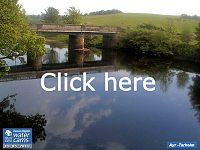River Stocking
Current Scottish Government policy on stocking hatchery reared salmon is that there is a general presumption against stocking for fishery enhancement purposes. There may under some circumstance be justification for stocking for mitigation purposes and this is constantly reviewed by Marine Scotland Science and DSFBs. Currently the Ayr DSFB does not operate their hatchery due to the continued stream of wild salmon coming into the catchment each year. Instead the conservation measures prescribed by Scottish Government are applied and should provide more spawning salmon on the redds each year.
A comprehensive body of scientific evidence, both national and international, confirms that enhancement stocking is largely ineffective and potentially harmful.
Alternative strategies such as stock conservation and habitat enhancement are likely to provide more effective, cost-efficient and sustainable solutions.”
[/pl_blockquote]
- Policy statement on stocking of Atlantic salmon in Scotland (pdf)
Download the Stocking Policy document from RAFTS web site
“Overall, the best option for wild trout and their rivers is to operate as a catch-and-release wild fishery. If, on the other hand, it is decided to add supplemental fish – it is far better to use sterile (triploid) stock in preference to fertile (diploid) stock. With fertile fish, there are potential competitive impacts as well as genetic impacts. With infertile fish, only potential competitive impacts exist and these can be minimised by simple control of the density and the management of stocking.”
The success or failure of the strategy followed will be monitored closely by the Board (and the biologists) to ensure that resources are utilised sustainably and that no damage to natural spawning takes place.
Wild Trout Trust
Egg Trials
As the River Ayr has been suffering from poor juvenile stocks in some areas over the last few years, we have been researching possible causes for this problem for some time. In order to determine exactly where these problems occur and which life stages are most affected, we decided to plant egg boxes out at key points across the catchment to pinpoint any areas that are failing following spawning.
We placed 100 salmon eggs in each box and then buried them in artificially constructed redds. Each box is marked with a trailing string to help us relocate the box when we return in the spring to determine egg survival. We had planned to do this on the day that the eggs were stripped from the fish as they are fairly tough at that point but unfortunately high water prevented this. This was the first opportunity since the fish were stripped about two weeks ago to carry out the planting however the eggs are now very susceptible to any vibration and die quickly from the least knock. We counted eggs into polythene bags filled with water and then floated them in a bucket of water.
This method reduced the chance of damaging the eggs however some did die off. They very quickly turn white and these were removed and replaced with health eggs at the time of planting. We braved a very cold but lovely day to help and we completed 17 sites across the upper catchments. Some are in polluted areas and others are in areas where water quality is excellent to act as controls.
See the results of the trials here.

Filling an egg box before burying in the gravel

This is a burn at the top of the Ayr. What chance can eggs have here?…. well to be fair we shouldn’t make any assumptions and will have to wait and see.



